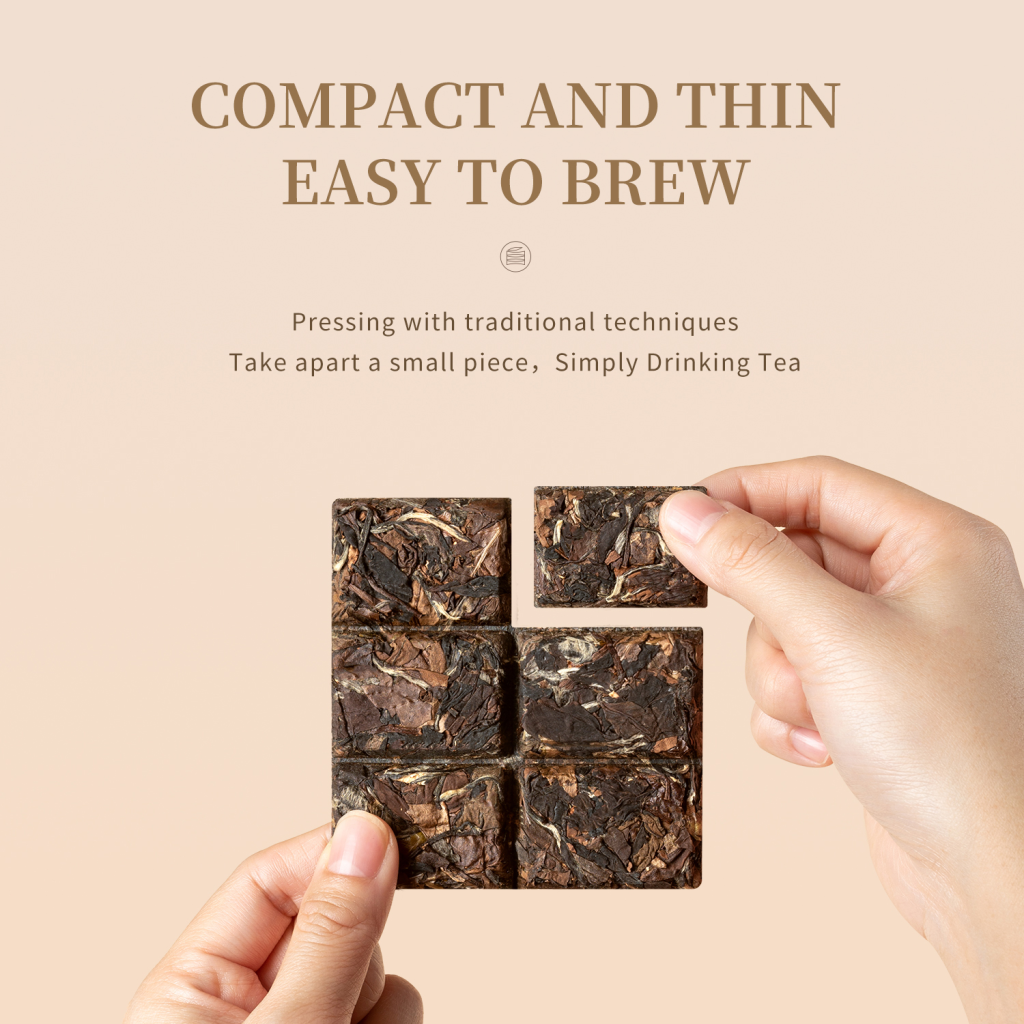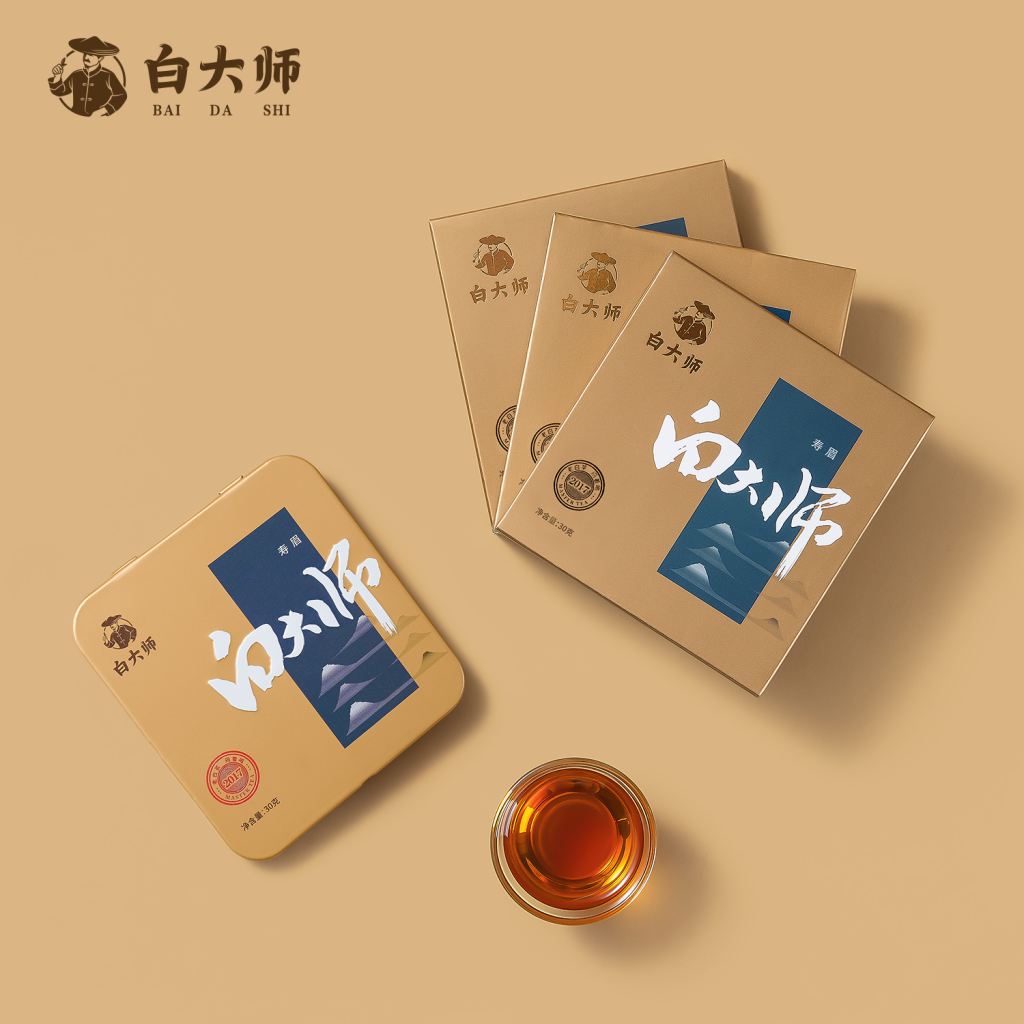White tea, with its delicate flavors and health benefits, is a wonderful companion throughout the year. As a versatile beverage, it suits all seasons—spring, summer, autumn, and winter. Whenever you have leisure time and a relaxed mind, it’s the perfect moment for tea.
As summer arrives, particularly in the southern regions with high temperatures and scorching heat, enjoying fresh and refreshing white tea can be incredibly soothing. Besides the conventional gaiwan brewing method, there are several new ways to explore white tea during the summer. In this blog, we will delve into the various brewing techniques and the cultural significance of white tea, emphasizing the elegance of Chinese tea culture.

The Traditional Gaiwan Brewing Method
Preparing Your Tea Space
The traditional gaiwan brewing method is a popular and refined way to enjoy white tea. Begin by finding a suitable white porcelain gaiwan with a smooth glaze and an ideal capacity of around 110 milliliters. After washing it clean, set up your tea space with a small tea tray, a fairness cup (gongdao bei), and your preferred tea cup on a coaster.
Boiling Water and Warming the Gaiwan
Modern living allows for convenient tea preparation, and using purified water is recommended to avoid affecting the tea’s flavor. Once the water is boiled, use it to rinse the gaiwan and tea cup, warming them in the process.
Measuring and Brewing the Tea
For the perfect brew, measure 5 grams of white tea using a small scale. Place the tea leaves in the gaiwan, cover it, and give it a gentle shake before uncovering a corner to smell the aroma.
The key to gaiwan brewing is simple yet effective:
- Use boiling water for each infusion, even for delicate teas like White Hair Silver Needle (Baihao Yinzhen) and White Peony King (Bai Mudan Wang).
- Avoid steeping the tea for too long initially. High mountain white tea can typically withstand 5-6 quick infusions before considering longer steep times.
- Ensure the gaiwan is properly drained after pouring to prevent over-steeping.
By following these steps, you can enjoy multiple infusions, savoring each cup’s evolving flavors until the tea is fully extracted.

Glass Cup Brewing for Simplicity
Ideal for Office Settings
On a summer afternoon, brewing white tea in a glass cup is a convenient option, especially in an office setting. The process is straightforward and accessible to everyone.
Selecting the Tea
For this method, opt for fresh white teas such as White Peony (Bai Mudan) or Shoumei from the current season. These teas are crisp, refreshing, and aromatic, perfectly suited for summer.
Simple Brewing Steps
After washing the glass cup and warming it with hot water, take a small amount of dry tea leaves and place them in the cup. Add hot water and let it steep for a few minutes. The resulting tea is fresh, hydrating, and invigorating.
Watching the tea leaves unfold in the glass is a visual delight, providing a moment of relaxation amid a busy day. This brief tea break can significantly enhance your work performance.

Boiling Tea to Combat Air Conditioning Illness
Addressing the Modern Lifestyle
In modern life, air conditioning is indispensable during the summer. However, prolonged exposure to air-conditioned environments with little physical activity can lead to air conditioning illness, reducing personal immunity. In such cases, drinking hot tea can be beneficial.
The Benefits of Hot Tea
Hot tea, particularly aged white tea, can soothe the throat and aid in sweating, which helps regulate body temperature. Boiling tea enhances its flavors and provides a warm, comforting drink.
Boiling Techniques
For boiling tea, use an old white tea in a tea kettle. Add a small amount of tea to avoid over-concentration. You can also boil used tea leaves from a gaiwan to extract their remaining essence. The rich, mellow tea is perfect for indoor environments, promoting a sense of well-being and aiding in perspiration.
Large Pot Brewing for Sharing
Ideal for Social Gatherings
When sharing tea with multiple people, boiling a large pot of tea can be more convenient than individual gaiwan brews. This method is practical and time-efficient, ideal for gatherings.
Steps for Large Pot Brewing
Choose a simple and versatile glass teapot. The brewing process is similar to glass cup brewing but scaled up. Adjust the amount of tea to ensure the flavor remains balanced. A single pot can serve several people, providing a refreshing and thirst-quenching beverage.
Practical Applications
During social events or work meetings, having a large pot of tea on hand allows for easy self-service, fostering a welcoming atmosphere.

Continuous Gaiwan Brewing
Balancing Tradition and Modernity
Some tea enthusiasts prefer the gaiwan brewing method for its depth of flavor and cultural significance. However, setting up a full tea set in the office may seem impractical. An alternative is continuous gaiwan brewing.
Method
Use a larger fairness cup or mug to collect multiple infusions. Brew the tea consecutively, combining several infusions into one container. This approach retains the gaiwan’s richness while providing convenience.
Embracing Chinese Tea Culture
The Essence of White Tea
White tea’s gentle yet complex flavors, combined with its health benefits, make it a cherished beverage in Chinese culture. Each brewing method—be it the refined gaiwan, simple glass cup, or practical large pot—offers a unique experience, reflecting the versatility and elegance of white tea.
Seasonal Adaptation
In summer, drinking white tea helps beat the heat and refreshes the mind. As the sun blazes like a sauna, a cup of well-brewed white tea can alleviate the discomfort of the season, bringing a cool breeze to your senses.
Conclusion
White tea, with its delicate flavors and cultural significance, is suitable for any season. Whether you choose the traditional gaiwan method, the simplicity of glass cup brewing, the comforting warmth of boiled tea, or the practicality of large pot brewing, each approach offers a unique way to enjoy this exquisite tea. Embrace the art of white tea and let it bring tranquility and refreshment to your summer days.

